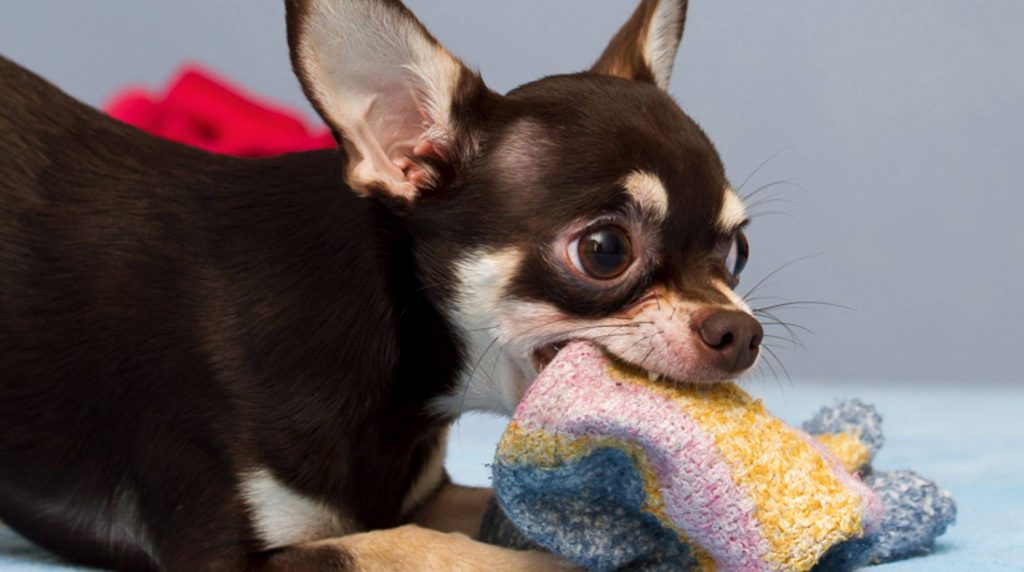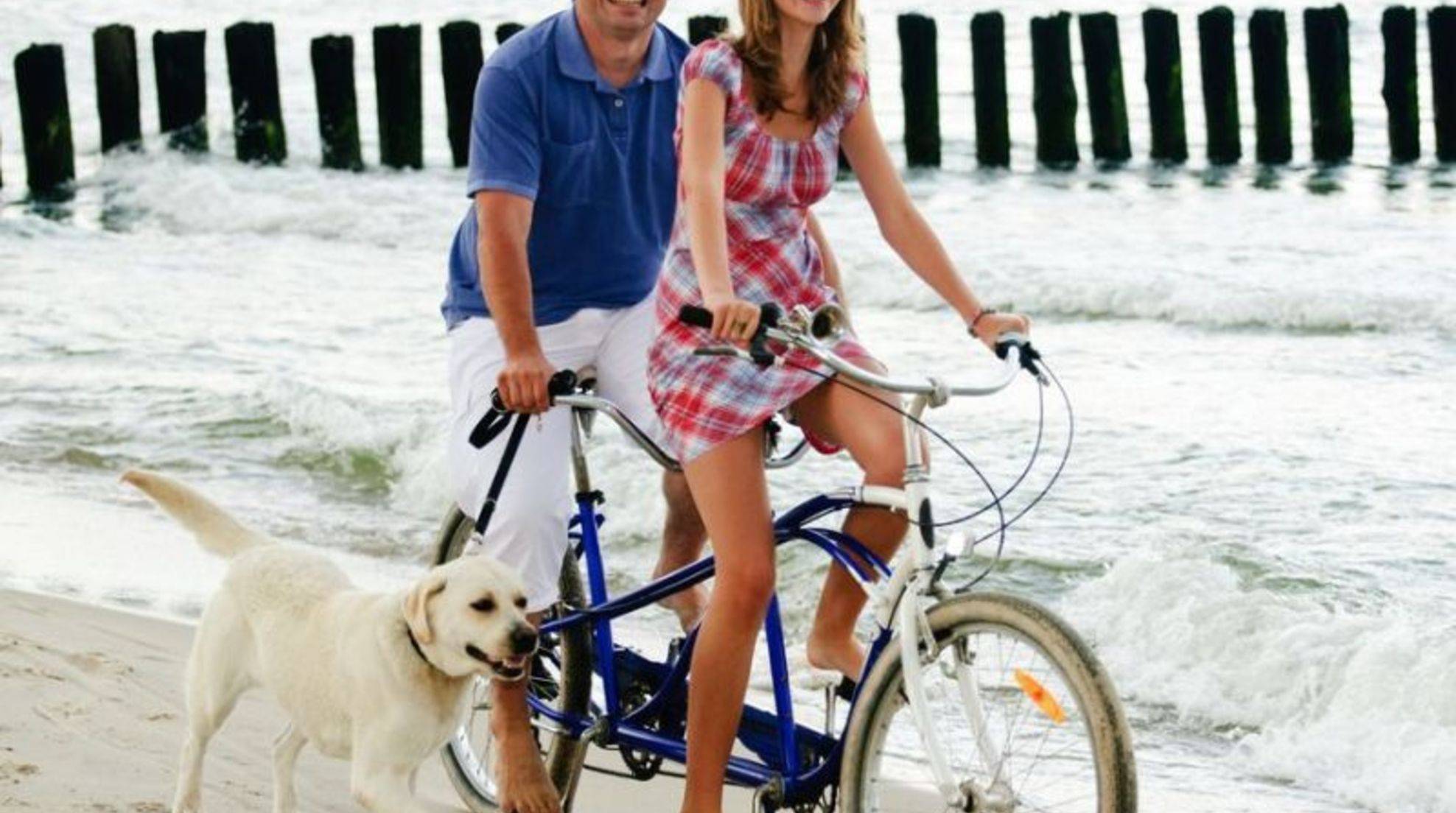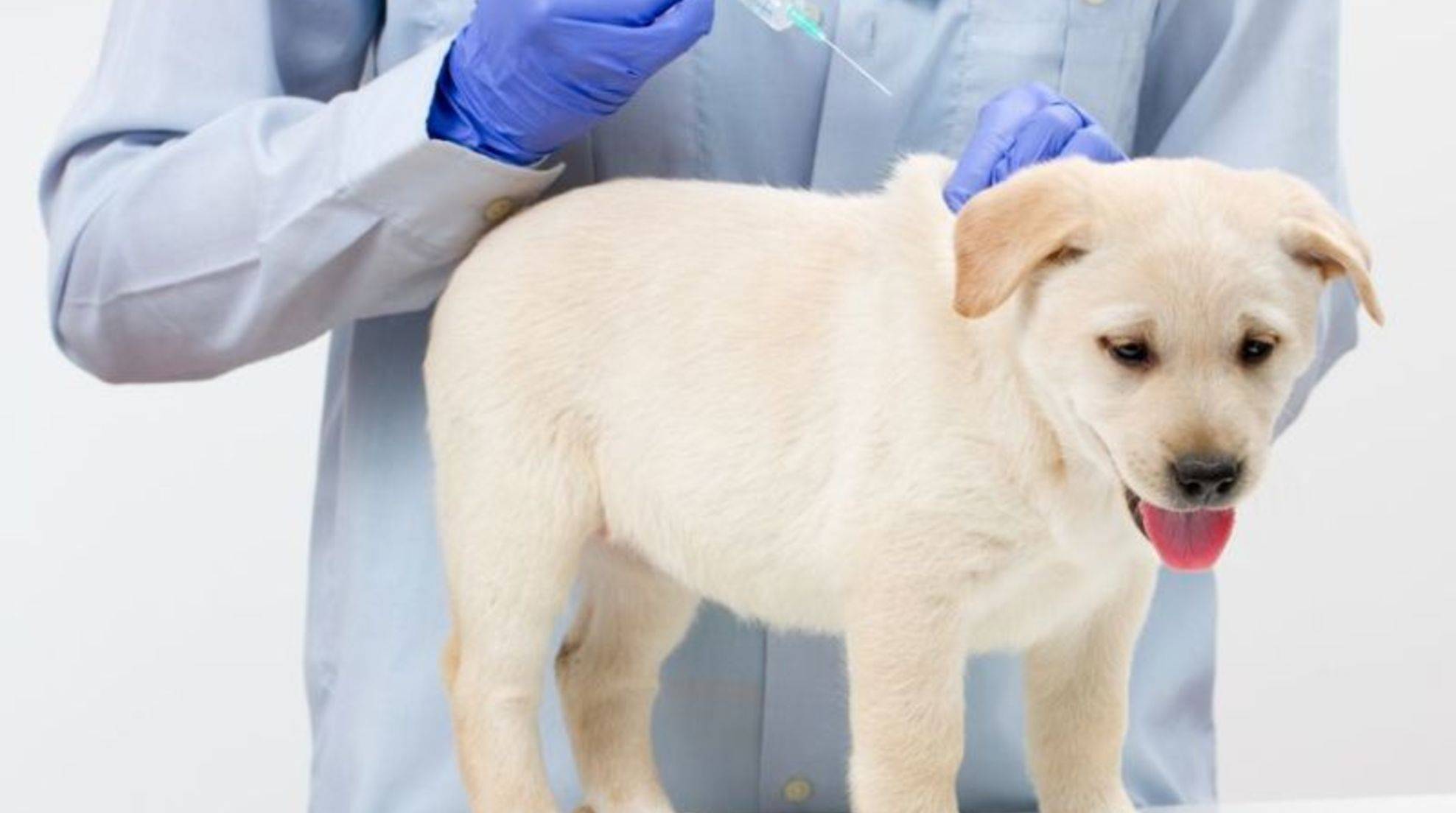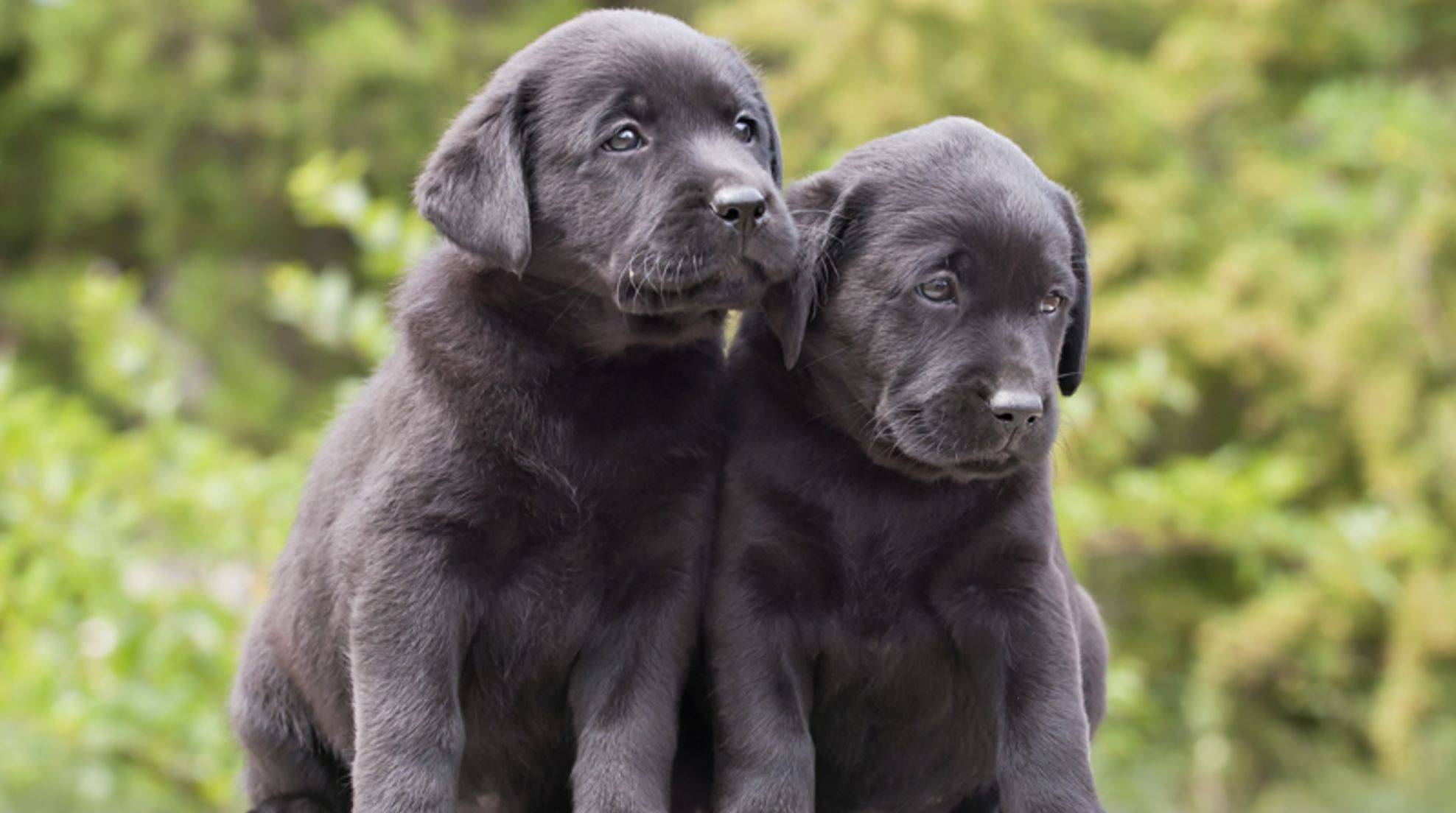Why do dogs love socks and shoes?
Dogs sometimes have quite strange preferences. At the top of their list are the socks and shoes of their caregivers. Many an owner has to keep his footwear out of reach of his four-legged friend because otherwise, the dog will steal and carry off all the shoes and socks. You can find out what this might be due to here.
Your dog steals like a raven, preferring your shoes and socks? This could be related to the smell that clings to your footwear. If your dog is constantly eating socks and swallowing them, it may be a behavioral disorder. It’s a different story if your pup bites your shoes – this often has to do with teething. More about the reasons for the curious dog behavior:
Socks and shoes smell good to a dog’s nose.
Humans have particularly many sweat glands on the feet – even if you are not prone to sweaty feet. As we sweat on our feet, we secrete our odor, which imbues our socks and shoes with our scent. To the human nose, it is simply an unpleasant foot odor. But to the dog’s nose, it is a stimulating accumulation of information expressed through that particular scent.
The smell of their favorite people is particularly interesting for dogs and, at the same time, pleasantly familiar. Possibly your dog steals socks and shoes because he likes to have your smell around him. If your things disappear, especially when you are not around, your dog may miss you and try to calm down by the familiar scent of your shoes and socks.
If this behavior gets out of hand, separation anxiety may be behind it; in our guides, “Dog and separation anxiety: symptoms and causes” and “Overcoming separation anxiety in dogs: How to help him,” for some tips on this.
Lack of toys and boredom can lead to sock theft.
If your dog uses the stolen goods mainly for playing and tends to be destructive in the process, he probably doesn’t get enough exercise. When dogs are bored, and there is no suitable toy within their reach, they look for something to do themselves. Socks have not only an exciting smell but also a pleasantly soft texture. Shoes usually have laces and tabs that invite exploration.
Try to see if your four-legged friend’s undesirable behavior subsides if you change the walk route with him more often, incorporate games into the walk, and think up small intelligence tasks and exercise games for your animal friend at home. Maybe this will distract him from “silly” ideas. If that doesn’t work, consult a professional dog trainer.
Socks and shoes as prey substitutes for hunting dog breeds
Some hunting dog breeds were bred primarily for retrieving. They usually have a well-developed, instinctive bite inhibition and carry “prey” around. They gently hold the game or toy in their mouth and take it to their owner or a safe place – like the Golden Retriever in the following video:
If your dog has a penchant for retrieving and carrying objects around but not enough toys to act it out, he may grab your socks and shoes. Dog breeds that are affected include:
● Golden Retriever
● Labrador Retriever
● Flat-Coated Retriever
● Curly Coated Retriever
● Nova Scotia Duck Tolling Retriever
Chesapeake Bay Retriever
American Water Spaniel
● Poodle
Dog steals and hoards shoes & socks? Gathering resources as a reason.
Also, your dog may not have understood that the socks and shoes are your things. Henceforth, he considers them as his toys or loots that he gets to keep. So that no one takes away his possessions, his resources, he hoards them in a place that is safe for him. This can be his basket or a specific hiding place.
If your dog shows a robust defensive behavior as soon as you approach his sock supply, growls, or become aggressive, it is possibly an exaggerated resource defense. It is best to get help from a dog trainer to solve the problem.
Training errors as the cause of four-legged sock thieves
Sometimes we unconsciously reinforce undesirable behavior in dogs by not communicating rules clearly and consistently enough. For example, if your dog is allowed to play with discarded socks and shoes, he doesn’t understand why he’s not allowed to play with all socks and shoes in principle.
If your dog steals your footwear and you scold him, it gets his attention. This can have a rewarding effect and cause your four-legged friend to get into the habit of unwanted behavior. If you try to take your dog’s socks or shoes away, he may think it’s a tug-of-war game. Try to see if you can make another toy palatable to your dog so that he will leave your things alone.
Young dog biting shoes? Teething is the order of the day.
Remember that even a puppy should already learn what he is allowed to do and what not. If your young dog is chewing on your shoes and socks, he is probably going through teething. As baby teeth fall out and permanent teeth grow, this irritates the gums. By chewing, dogs massage the gums, which relieves the pain. Give your puppy suitable chew toys and chew bones – there, he can let off steam and learn that he should not bite on your clothes.
Has the dog swallowed socks? Off to the vet!
Is your dog constantly eating socks? It may be due to a behavioral disorder called pica syndrome. It also occurs in humans and cats. Affected people eat all kinds of things that are not suitable for consumption. It’s best to have your dog examined by a veterinarian and animal psychologist to correct the problem before he swallows a sock.
Depending on how big your dog is and the size of the sock he swallowed, this may be mild. With luck, he will digest the hose, and it will come out naturally on its own. However, you should not rely on this luck, especially with small dog breeds and puppies – here; you should immediately go to the vet. He can, for example, induce vomiting so that your dog throws the sock out again. If the incident already occurred more than an hour ago, however, usually only an emergency operation will help prevent intestinal obstruction.
With large dogs, you can first observe your four-legged friend. If he usually behaves, eats as usual, and seems cheerful and lively, you can rather wait and see if he excretes the sock again. If the following symptoms are present, you suspect a life-threatening intestinal obstruction and should see your veterinarian immediately:
● Loss of appetite
● Listlessness, listlessness
● Vomiting
● Abdominal pain








